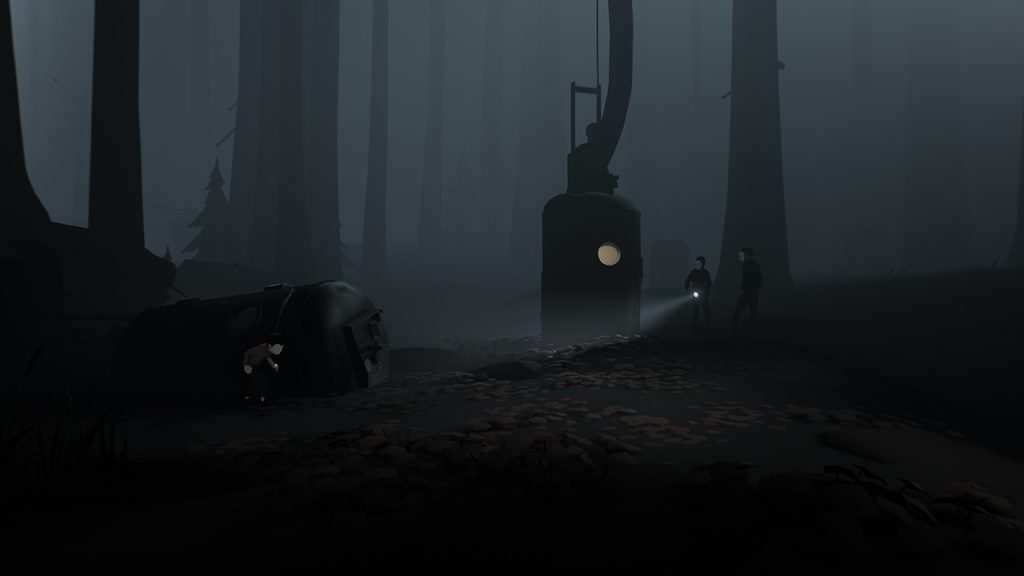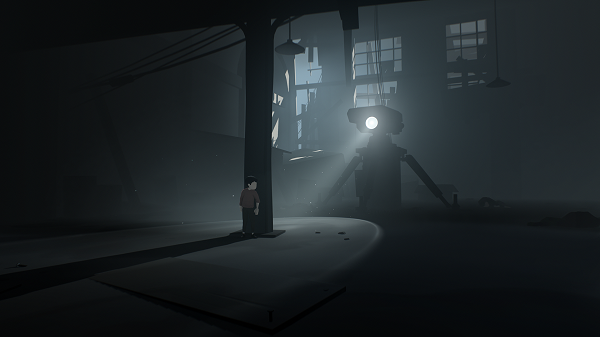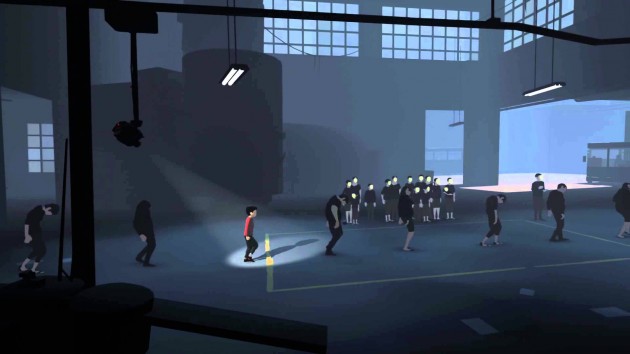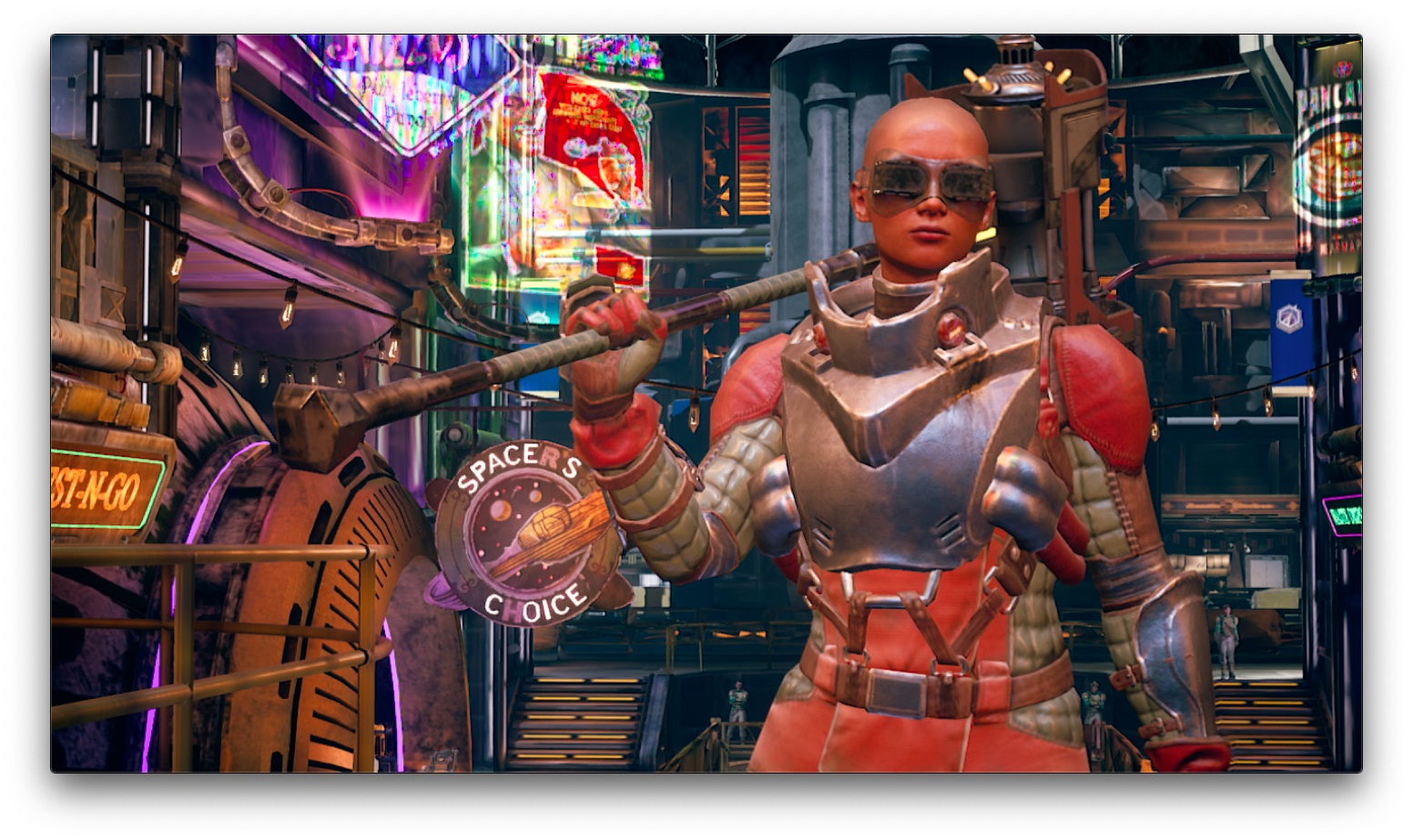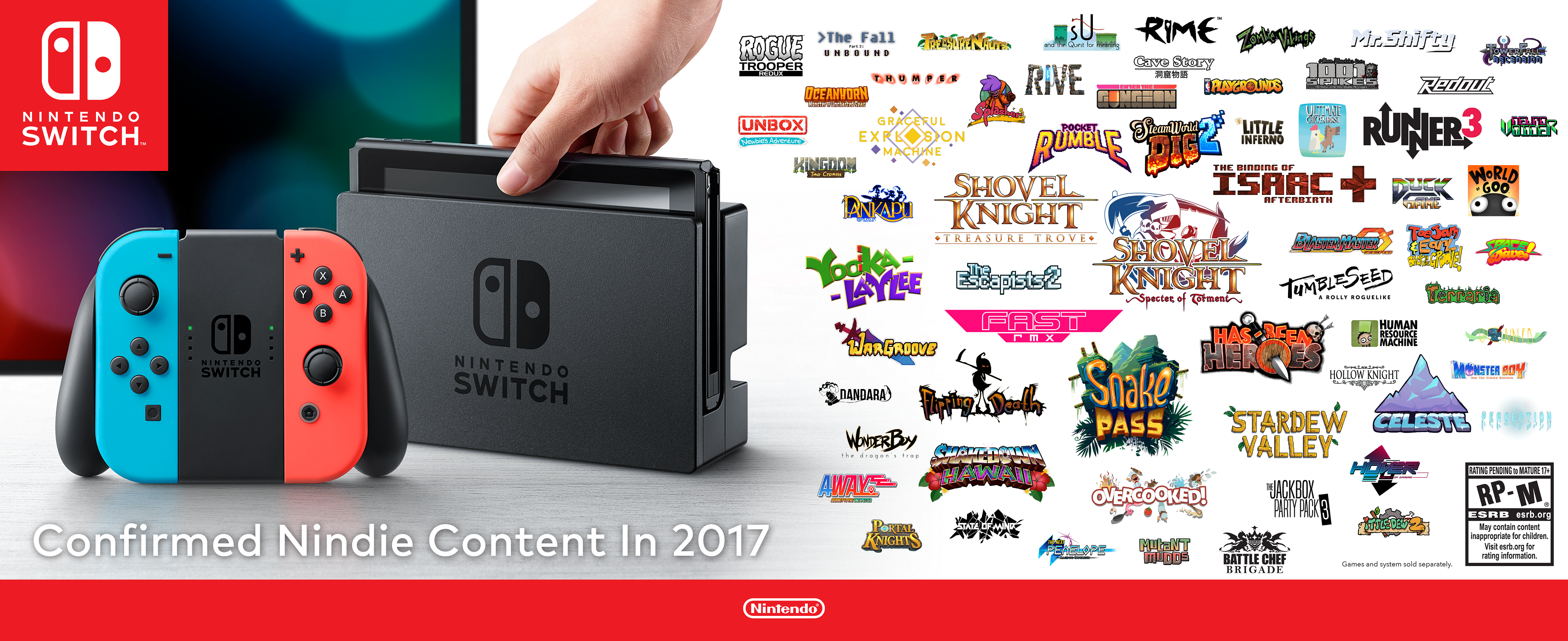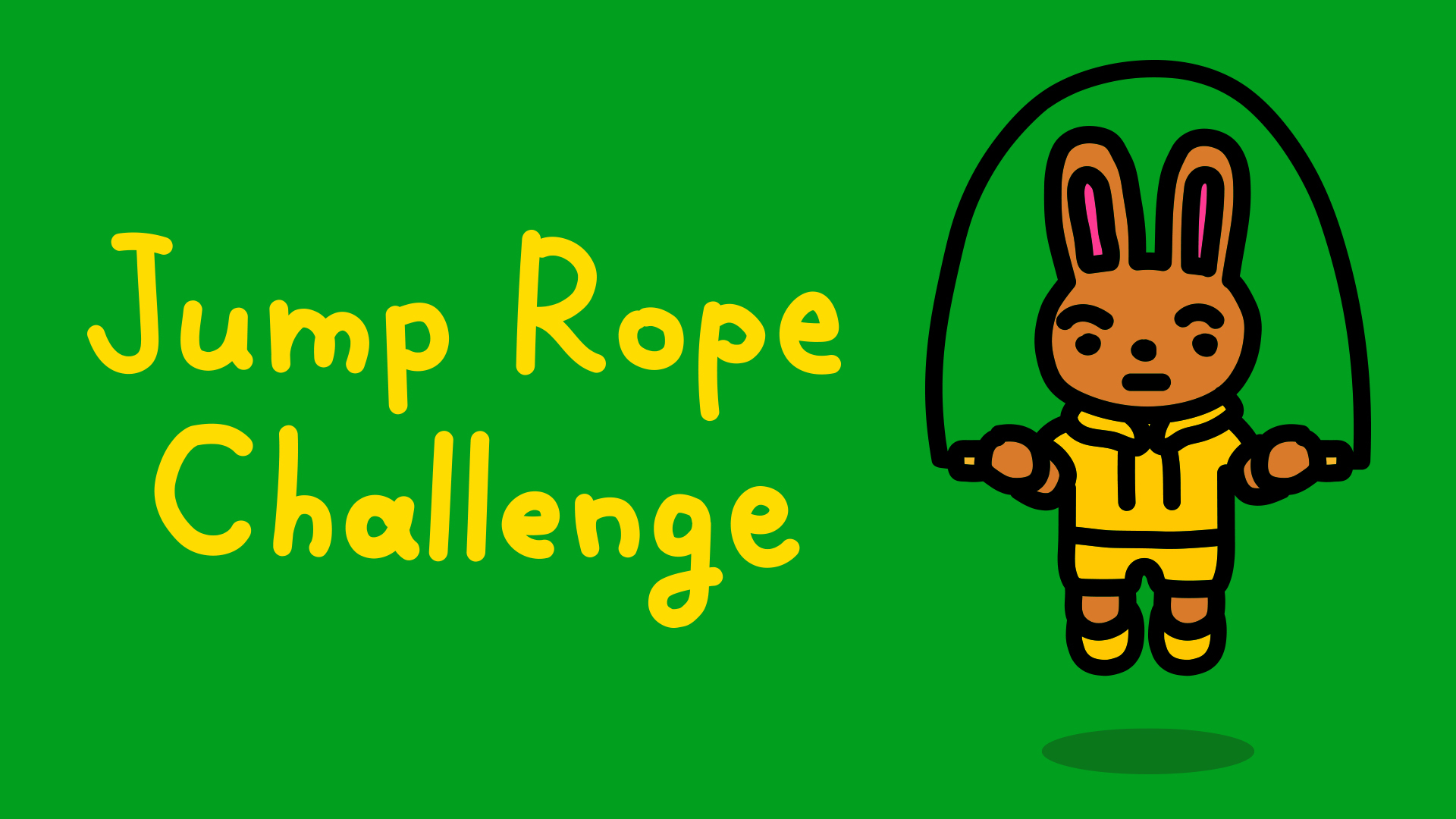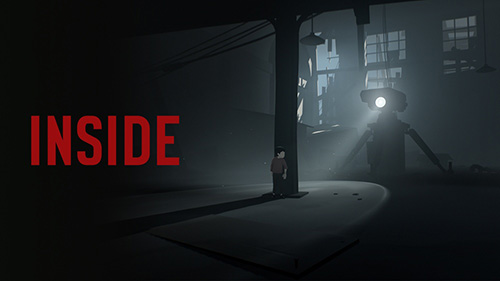
Two years ago, Inside wowed critics as Playdead released their long-awaited puzzle-platformer successor to Limbo. Full disclosure – despite the acclaim, it’s a game I never managed to get around to, despite it shamefully remaining at the top of my backlog since release. However, after seeing a release on Xbox One, PC, PS4 and even iOS, Inside has now come to the Nintendo Switch, with a perfect excuse for me to sit down and see what I’ve been missing.
Inside, like Limbo (which has also been released on the Nintendo eShop), is a 2.5D platformer that takes you through increasingly abstract and surreal environments. Your goal is never clearly defined, as you control a young boy racing from authority figures with flashlights and their vicious dogs, but it slowly becomes clear your trajectory is taking you deeper and deeper inside a gargantuan facility, filled with bizarre horrors and impossible spaces.
Every aspect of Inside feels polished to an almost absurd degree. The animation of the boy is beyond lifelike and fluid, and even still impresses in 2018, smoothly transitioning between actions and reacting to cues as if every frame was hand-animated. Lighting and camera movement work together to give not only give you the right amount of information at exactly the right time to solve a problem, but to reveal, beckon or frighten. Despite operating entirely on a 2D plane, Inside is cinematic in a way that I’m not sure any other platformer game has achieved, although it certainly cribs notes from the best. There are signs of classics like Heart of Darkness and Oddworld: Abe’s Odyssey and of course plenty of Playdead’s Limbo encoded in the DNA of Inside – the latter particularly in the many brutal and sudden deaths the boy can experience.
Much of the time, Inside is a game of trial and error, for instance jumping into a pit before realising it’s far too deep and breaking the poor boy’s legs on impact. But failure doesn’t stymy progress for long, you’re never set back far and deaths bring no penalties, but rather useful knowledge about what to expect. Puzzles are tightly designed; while never holding your hand they effortlessly direct your attention to the elements you need and ensure you don’t remain stuck for too long on any given obstacle. The game moves from location to location at a great pace, introducing mechanics while finding new ways to utilise old ones, resulting in a game that can be comfortably beaten in three hours – although an alternate ending is available if you decide to go hunting a little more closely for secrets. That said, for a stretch towards the end the game begins to lean a little too heavily on water puzzles. While some gravity-defying variations are interesting, returning to the same, slow, mechanics drag proceedings out and lack the same energy the rest of the game shares.
However, the atmosphere remains thick and at times suffocating throughout Inside. Playdead make use of many horror elements, and without spoiling too much, Inside eventually feels like prolonged nightmare. While there is a thrust to the wordless narrative, and an escalation of events, the resolution some may find lacking, if taken literally rather than thematically. Inside isn’t a game for those who want a standard literal story, it’s smarter than that, and certainly much scarier.
On Switch, Inside holds up wonderfully, looking essentially identical to its cousins on other platforms, although I’m sure there are minor differences if you were to examine it with a forensic kit. Really, the only hiccup in performance came in a single solitary moment during a physics-heavy sequence towards the end, but I can hardly fault the game for otherwise running flawlessly. The only thing I’d mention is one of practicality – Inside has gorgeous, deep blacks and precise layers of contrast that hide and reveal its abstract scenery. On the go, the Switch’s reflective screen isn’t ideal, although Inside‘s brightness setting does help. Honestly though, Inside deserves to be played in the dark, preferably with some kind of surround sound, and on as large a screen as possible to get the full effect.
Having finally gotten around to checking out Inside, it’s not hard to see what all the fuss was about at the time, and it’s great that Switch players are able to take part in it as well with no need to worry about quality. Inside is impressively cinematic, fascinatingly abstract and terrifyingly dark, if not completely perfect, and adds another feather to Nintendo’s impressive indie line-up on Switch.
-Gorgeous animation and style transitions wonderfully to the Nintendo Switch -Tightly crafted puzzles
-While largely well-balanced and crafted, later water-logged sections drag -Little replay value, aside from an abstract alternate ending

